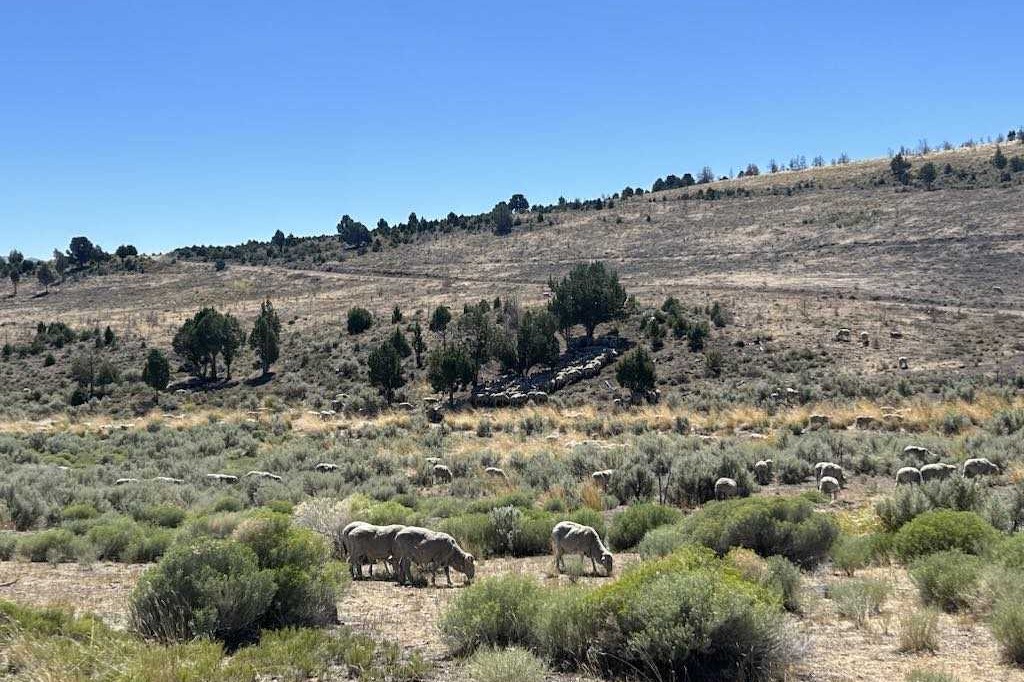There is no perfect farmer
I often think that I am lucky to get the opportunity to experience most of the variety that exists in our farming world.

I often think that I am lucky to get the opportunity to experience most of the variety that exists in our farming world. A tiny bit of clinical work still worms its way in, such as taking some blood samples while I am visiting a farm. Taking liver biopsy samples is the most clinical that it gets nowadays. At the other extreme is chairing the board of my veterinary business which is no longer a small enterprise. As a service provider to farmers, the state of play is always to the fore in the board strategy item in the board agenda. The skills, expectations, preparation and outcomes in those two extremes of my work life are worlds apart, yet each brings its own enjoyment and satisfaction.
In between these, my time is dominated by being with farmers, either one to one or groups. A few Zoom online presentations to farmers and consultants in the United Kingdom have used up some evenings and are probably the least enjoyable and satisfying. It is in the online farmer group forums that I find most challenging. There can be so much variation in opinions on grazing, stock policies, animal health inputs, stock breeds and forage crops, to name just a few, that coming to give good advice can take some time. The reality with farming is that for so many of the activities, there is no singularly correct way to carry these out. There are usually some bad practices to avoid, but multiple approaches can achieve much the same desired outcome. I often say that there is no perfect farmer out there, but there are a bunch who perform better than others.
Better performers
There have been endless analyses defining what these better performers do. They generally all come to the same list of areas that they do well in. The last such analysis done as part of the Red Meat Profit Partnership (RMPP) programme came up with two interesting observations:
“Most high-performing farmers are continuing to do what they have already been successfully focusing on for many years, and are particularly good at translating their values into a style of farming that is profitable and sustainable for the environment they occupy.”
At first I thought that these two statements were a bit wishy washy and hardly a trigger for other farmers to change. On second thoughts, two key aspects of these are necessary components of being good. Firstly, it takes time and secondly there is no correct approach. Accumulate any success from change
and apply what fits. Of course changing and improving to get success is necessary, but applying that to what fits is also necessary. Agonising over what policies
are best very often overshadows how any of these are applied. This will be the biggest determinant of how successful the policies are.
Compromise for success
One of the distinguishing features of the very successful farmers is knowing where and how to compromise. Every farmer has to make compromises to “best practice” to allow their farms to work. That is why there is no perfect farmer. Compromises to timing and inputs are being made almost daily to get things done, to allow other activities to happen. Or be nearer being “correct”, to allow some personal time to be available, to make the best use of limited labour resources etc. There are always many areas of compromise that have to be made. Knowing how to minimise the consequences of compromise takes skill. This is an outcome of what compromises are taken and how they are applied. That does mean though that best practice is important to know. Successful farming is getting as close to best practice as possible.
My role is to convey what best practice looks like and often to suggest where any compromise best be taken. However, clearly identifying the objective is the prime message. How that objective is met is often the outcome of very innovative ideas. An area proving very useful is knowing best practice for feeding breeding stock. For example, over the annual breeding cycle of a ewe, the required feed intake varies three fold. When that occurs is critical to still delivering high performance. Defining the time spells when variations occur is a calendar entry and sets a target for management to aim for. The most common failing is winter feed used in excess at the cost of no feed coming into lambing. Knowing clearly what is needed by the ewe can help adjust the allocation of the feed. Apply the same logic for breeding cows. They can be really put to work over the winter but much can be retrieved if breeding cows are fed in the month before they calve. The compromise is how well they are fed in the winter. However, there can be no compromise with what they are fed coming into calving.




